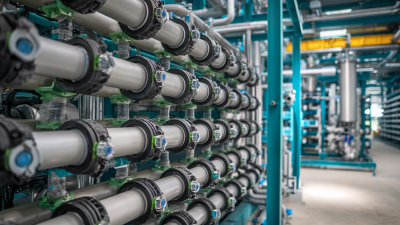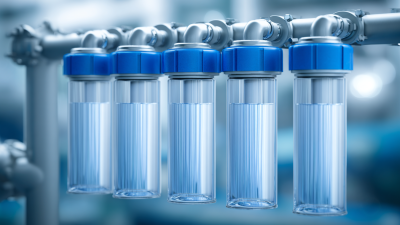Leave Your Message
Request a Quote
In recent years, the quest for clean and safe drinking water has become increasingly vital due to growing environmental concerns and water scarcity. One innovative solution that has emerged in the field of water purification is the Nanofiltration System. This advanced technology not only enhances the quality of drinking water but also addresses various contaminants while being environmentally friendly. As municipalities and industries seek effective methods to improve water quality, understanding the numerous benefits of employing a Nanofiltration System is essential.
One of the primary advantages of a Nanofiltration System is its ability to selectively remove certain impurities without stripping water of essential minerals. This unique capability makes it a preferred choice for both residential and commercial applications, as it balances purification efficiency with taste preservation. Additionally, the system's energy-efficient design minimizes operational costs and reduces environmental impact, making it an attractive option for eco-conscious consumers.
As we delve into the top ten benefits of using a Nanofiltration System for water purification, it becomes clear that this technology is not just a trend but a pivotal shift towards sustainable water management practices. Embracing such systems can lead to healthier communities and a more sustainable future.
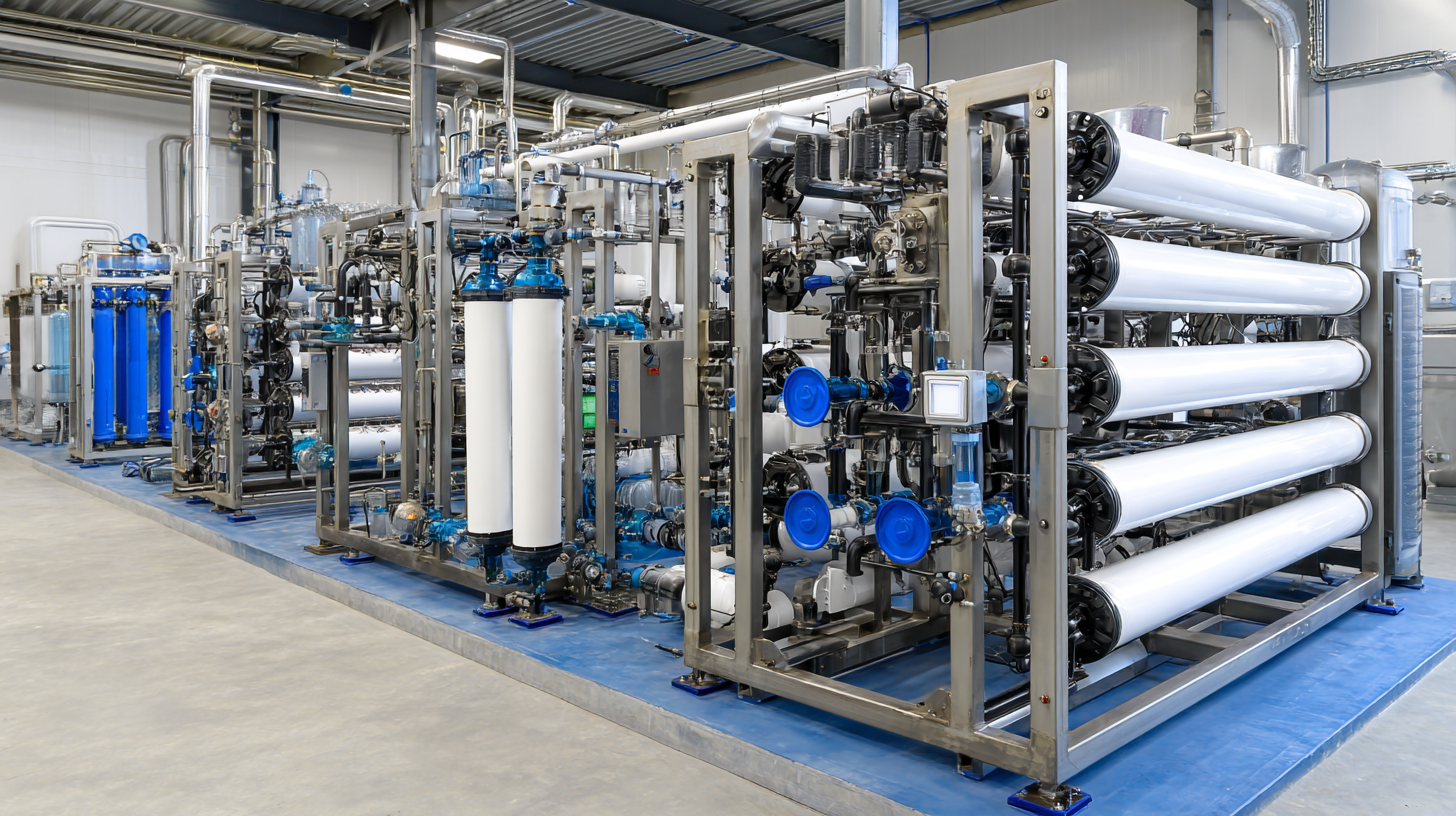
Nanofiltration systems are gaining recognition for their impressive ability to remove a wide range of contaminants from water, making them a valuable tool in water purification efforts. According to a report by the American Water Works Association, nanofiltration membranes can effectively reduce dissolved organic matter by up to 80%, and they demonstrate remarkable efficiency in removing divalent ions, such as calcium and magnesium. This selective removal capability enhances the overall quality of treated water, meeting stringent safety standards.
Additionally, the reduction of harmful substances in water is critical for public health. The Environmental Protection Agency (EPA) notes that nanofiltration can significantly decrease concentrations of pathogens and organic contaminants. For example, studies indicate that nanofiltration systems can achieve over 99% removal of bacteria and viruses, which is crucial in preventing waterborne diseases. With contaminants becoming increasingly resistant to traditional treatment methods, nanofiltration presents an advanced solution that not only improves water quality but also contributes to sustainable water management practices.
Nanofiltration (NF) systems are emerging as a cost-effective solution for water purification, offering significant economic advantages over traditional water treatment methods. According to a report by Global Water Intelligence, the demand for nanofiltration technology in water treatment is expected to grow at a CAGR of 12% over the next five years. This growth is driven not only by the system's effectiveness in removing contaminants but also by its reduced operational costs. NF systems typically require less energy compared to reverse osmosis systems, leading to lower utility bills and reduced carbon footprints. Research indicates that NF can operate efficiently at pressures between 5 to 30 bar, further ensuring significant energy savings.
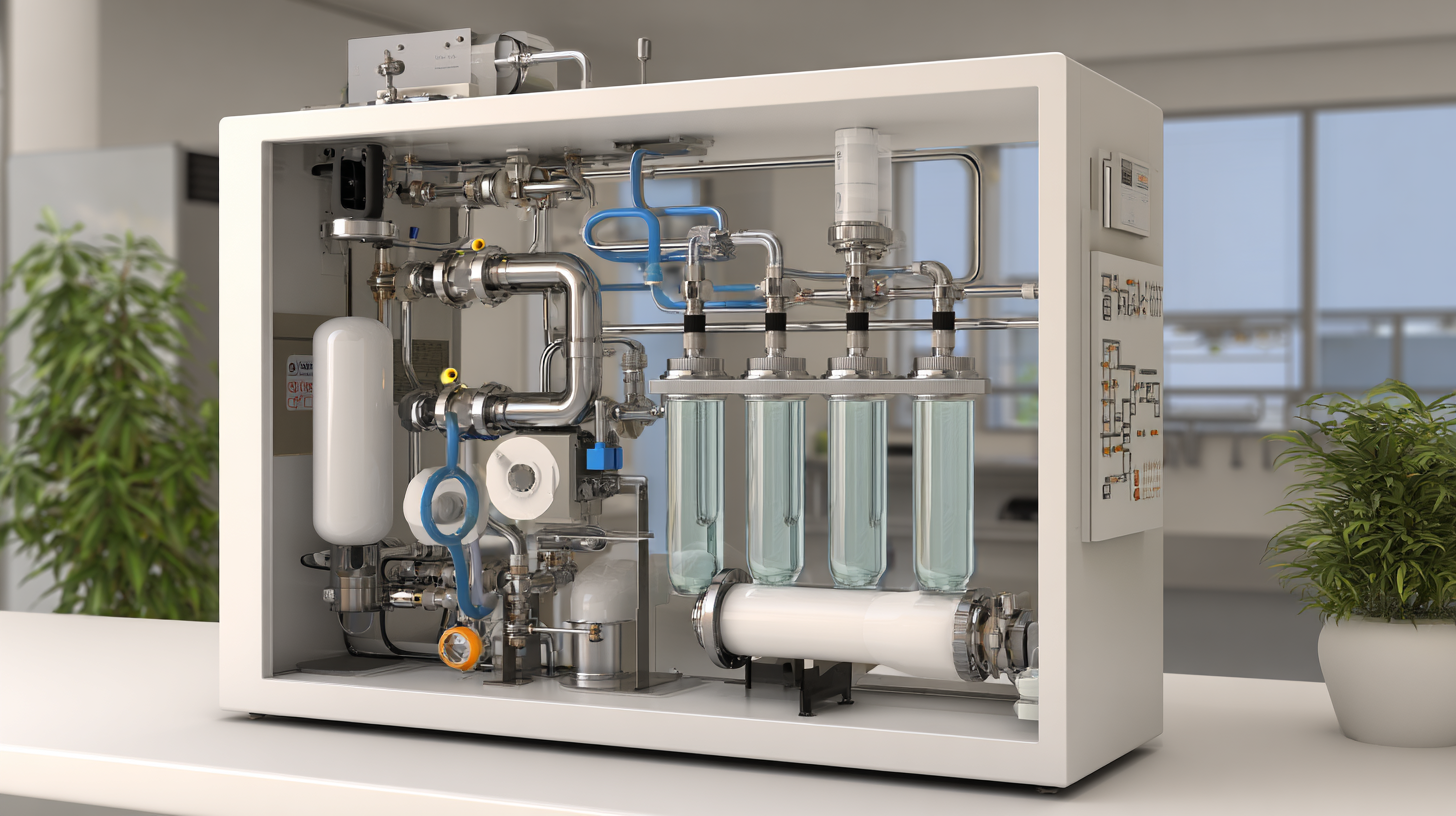
In addition to energy efficiency, nanofiltration presents a beneficial balance between cost and performance. The Water Research Foundation states that NF systems can lower chemical usage by up to 50%, as they reduce the need for extensive pre-treatment processes common in conventional filtration methods. Furthermore, the initial capital investment can be offset by lower maintenance costs, as NF membranes exhibit extended lifespans when maintained properly. Thus, not only do nanofiltration systems enhance water quality, but they also provide a more sustainable and economically viable option for municipalities and industries striving for long-term cost savings in water purification efforts.
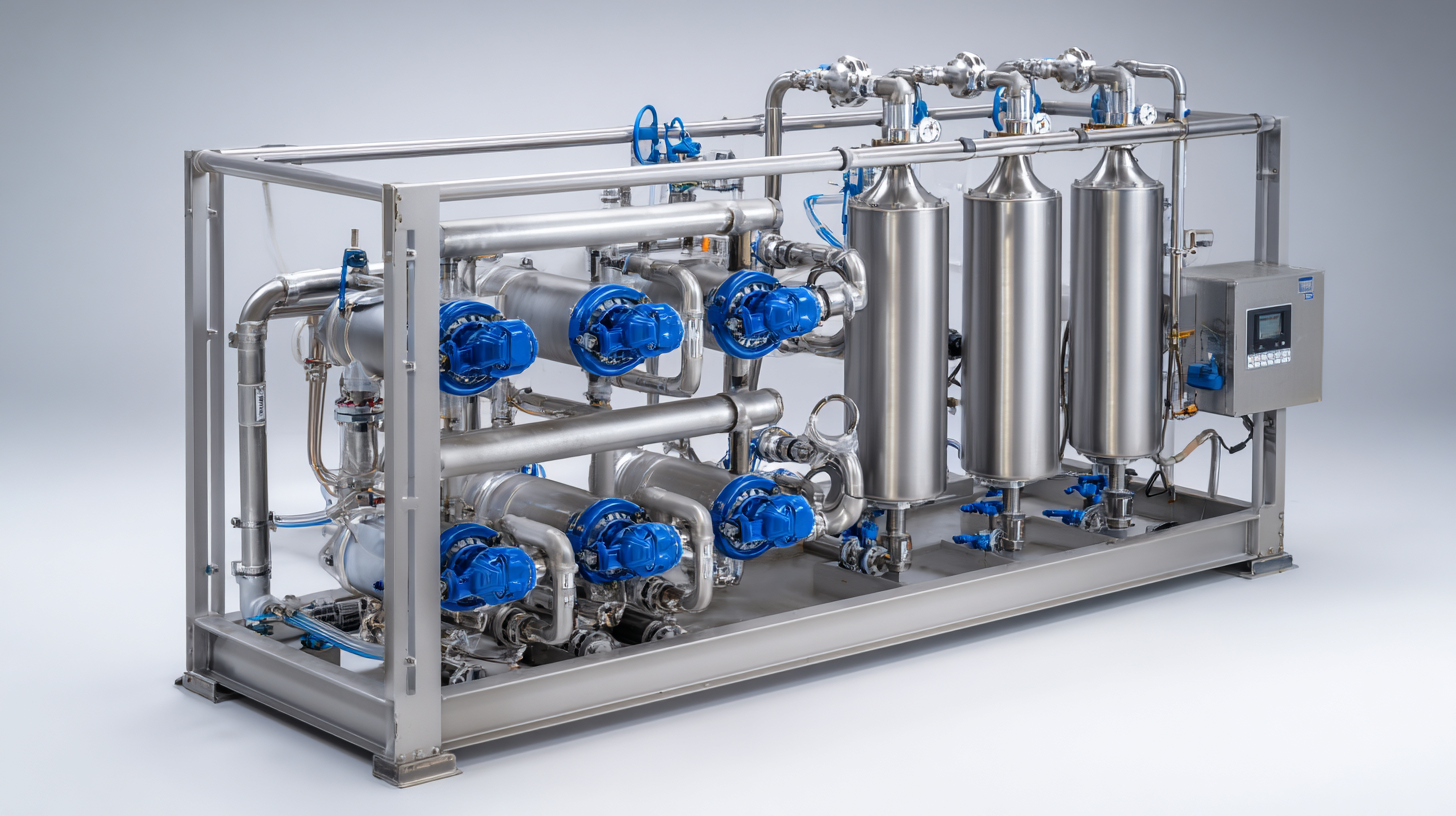 Nanofiltration technology is rapidly gaining attention in the water purification sector due to its significant sustainability benefits. Unlike traditional filtration methods, nanofiltration systems operate with lower energy consumption, reducing the overall carbon footprint associated with water treatment processes. According to the Water Environment Federation, nanofiltration can decrease energy usage by up to 50% compared to reverse osmosis systems. This efficiency not only cuts operational costs but also aligns with global initiatives aimed at reducing greenhouse gas emissions.
Nanofiltration technology is rapidly gaining attention in the water purification sector due to its significant sustainability benefits. Unlike traditional filtration methods, nanofiltration systems operate with lower energy consumption, reducing the overall carbon footprint associated with water treatment processes. According to the Water Environment Federation, nanofiltration can decrease energy usage by up to 50% compared to reverse osmosis systems. This efficiency not only cuts operational costs but also aligns with global initiatives aimed at reducing greenhouse gas emissions.
Furthermore, nanofiltration systems excel in minimizing chemical usage, which is a critical factor in sustainable water treatment. Reports indicate that these systems can effectively remove contaminants such as heavy metals and pathogens with minimal chemical additives. This not only lowers the impact on aquatic ecosystems but also enhances water quality for end-users. A study published in the Journal of Water Process Engineering highlights that adopting nanofiltration can lead to a reduction in chemical waste by approximately 30%, promoting healthier environments both for humans and wildlife. By investing in nanofiltration technology, industries can significantly contribute to a more sustainable future in water purification.
Nanofiltration systems are revolutionizing the way we purify drinking water, significantly enhancing both its taste and quality. By effectively removing contaminants such as chlorine, heavy metals, and dissolved solids, nanofiltration allows for a cleaner and more enjoyable drinking experience. According to a report by the Water Quality Association, over 80% of consumers reported improved taste when utilizing advanced filtration methods, highlighting consumers' growing preference for high-quality water.
The process of nanofiltration operates on a membrane filtration technology that typically targets particles in the range of 1-10 nanometers. This capability not only contributes to better taste but also improves the overall quality of water by retaining essential minerals like calcium and magnesium, which are vital for health. A study published in the Journal of Membrane Science revealed that nanofiltration can remove up to 90% of total dissolved solids without the excessive waste associated with traditional reverse osmosis systems. This balance of purification and mineral retention is crucial for consumers seeking safe and palatable drinking water.
| Benefit | Description | Impact on Water Quality | Typical Applications |
|---|---|---|---|
| Improved Taste | Reduces unwanted tastes and odors by removing contaminants. | Higher consumer satisfaction and willingness to drink more water. | Household and commercial water supplies. |
| Enhanced Quality | Efficiently removes sediments, bacteria, and viruses from water. | Reduced risk of waterborne diseases. | Municipal water treatment plants. |
| Low Energy Consumption | Requires less energy compared to reverse osmosis systems. | Cost-effective operation for continuous water purification. | Industrial applications. |
| Selective Removal | Targets specific contaminants while allowing beneficial minerals. | Preserved mineral content enhances health benefits. | Community water systems. |
| Compact Size | Requires less space than traditional filtration systems. | Easy integration in residential settings. | Home and office use. |
| Environmental Sustainability | Minimizes waste and has low environmental impact. | Supports eco-friendly practices in water management. | Eco-conscious communities. |
| Reduced Chemical Use | Lowers dependency on chemical water treatments. | Safer drinking water for consumers. | Water treatment facilities. |
| Cost Efficiency | Longer lifespan for filters leads to cost savings. | Lower operational costs for water treatment. | Commercial business operations. |
| Versatile Use | Applicable in various settings including homes and industries. | Broad applicability increases technology adoption. | All types of water applications. |
| Enhanced Water Clarity | Removes turbidity and improves visual quality of water. | Aesthetically pleasing and safe drinking water. | Restaurants and cafes. |
Nanofiltration systems are rapidly gaining attention in the realm of water purification, particularly for their efficiency in energy consumption. Unlike traditional filtration methods that often require substantial energy to operate, nanofiltration utilizes a membrane process that effectively separates contaminants with less energy expenditure. This decreased energy requirement is not only beneficial for the environment but also leads to lower operational costs for households and industries that rely heavily on clean water.
When considering a nanofiltration system, it’s important to assess your specific water quality needs. Different systems can target various contaminants, so investing in a thorough water analysis can maximize the efficiency of the filtration process. Additionally, regular maintenance, such as cleaning or replacing membranes, can further enhance energy efficiency and prolong the system's life.
For those looking to make the switch, consider starting with a smaller scale filtration system to evaluate performance. This pilot approach allows you to measure energy savings and water quality improvements without a significant upfront investment. Moreover, educating yourself about the specific energy savings potential of different systems can aid in selecting the most efficient model for your needs.

